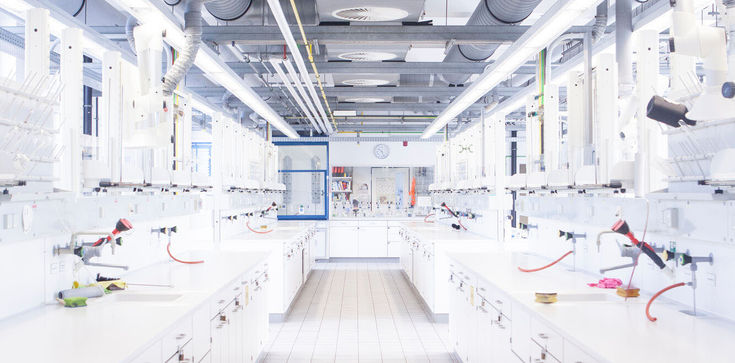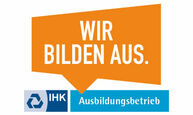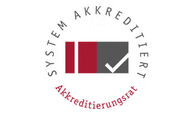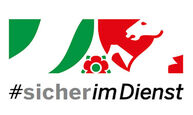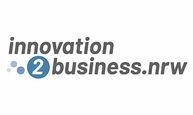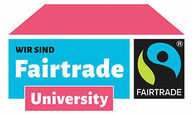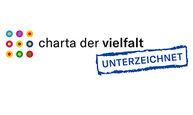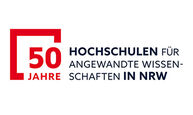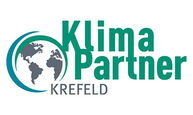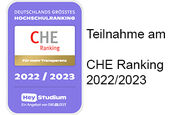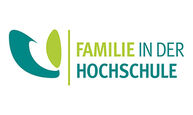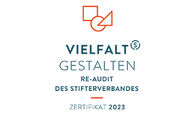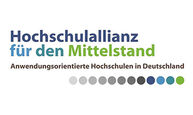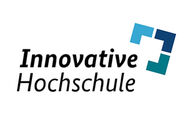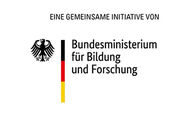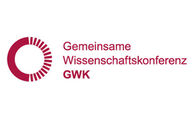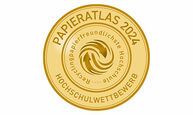Teaching project "SiTecPlus (Safety Technology Plus)",
Prof. Dr.-Ing. Heyko Jürgen Schultz
Challenge
How can we succeed in making an internship on safety engineering interesting, technically challenging as well as appealinganddigital?
The challenges for the project are many, including: The chemical-pharmaceutical industry in Germany is undergoing upheaval ("Chemie 4.0"). This upheaval is characterized by digitization, among other things, which is why teaching digital skills is an important component of academic apprenticeship. Teaching education must therefore become more digital. Different performance levels of students / heterogeneity Early promotion and demand of self-organization skills is just as important in today's world as imparting knowledge and teaching education in the competent use of digital media. Especially the high and increasing responsibility of managers in the chemical sector with regard to environmental and occupational safety requires new methods of imparting and training safety-related knowledge in the face of constantly changing legal foundation courses in environmental and occupational safety legislation. This is increasingly attempted and implemented with the help of digital support and must be intensified in the future, especially already in the academic field.
Solution
- Thanks to the digital, enhancing presentation of SiTecPlus, the face-to-face course is transformed into a course with maximum scheduling flexibility and speed optimization according to individual requirements. The flexible scheduling of the event additionally demands and promotes the students' self-learning competence. Heterogeneous performance requirements of the students can thus be individually compensated for and thus significantly strengthen the quality and impact of the course. In order to counteract heterogeneity as well as to promote individual abilities, optional, voluntary additional tasks are provided for students with increased interest in the subject matter.
- The simultaneous use of audio and visual media in the teaching sequences intensifies the transfer of knowledge. Cyclical checks of comprehension encourage students to pay close and attentive attention to the subject matter. The knowledge check of the teaching unit ensures that the students have grasped the entire content of this teaching unit. The final knowledge check also serves as a test and thus documents the development of the knowledge to be imparted. The unlimited repetition option of the knowledge transfer sequence allows individual adaptation to the personal learning speed of the students and ensures that the entire knowledge is grasped without gaps.
- Practical topics are better internalized.
Advantages
- The sensible use of digital elements meets the challenges of the working world in the age of "Chemistry 4.0" and ensures a uniform level of knowledge at the end of the course.
- The independent processing of the course material also has the additional advantage that students can use times with a low workload or increased receptivity to deal with the material. The more efficient use of time is obvious.
- At the same time, depending on the individual learning level, the online offering can be used as often as necessary, instead of a one-time appointment as was previously the case in the face-to-face course.
- A "dry" subject such as safety technology can be taught in a didactically attractive and technically demanding manner using modern teaching methods.
Details
Relevant general conditions of the course:
- Title Course / Module: Safety Engineering Internship / Module Chemical Engineering II (Industrial Engineering Technology)
- Degree programme: Chemical Engineering
- Course format: Internship to the lecture of the same name
- Group size: All BEng students, ca. 40-80
- Rotation: Winter semester, late registration in summer semester
- ECTS scope: Approx. 2.5 CP (total module: 10 ECTS)
- Examination format: Course attendance certificate (abbreviated in module list: attendance certificate)
Description of the teaching innovation / teaching concept and concrete implementation measures:
- The further development of the safety engineering internship through the SiTecPlus project allows for an expansion and intensification of the learning objectives and content by optimizing the methods of knowledge transfer and success testing.
In addition to the transfer of knowledge about basic safety engineering, the handling of digital media is also practiced. The key competencies of the future in the working world of "Chemistry 4.0" are thus taught in a subject-integrated manner.
Since the subject matter is an essential part of studies and working life, a large number of chemical engineering students benefit from the project. Strict attention is paid to the consecutive linking and networking of the contents of the safety engineering internship and the associated safety engineering lecture. - For the digitalization of the safety engineering internship within the SiTecPlus project, the Moodle learning platform is used.
- Within the SiTecPlus project, the content of the internship is prepared and set to music as online presentations or screen casts within the framework of small self-learning units. During the teaching and input units, the audio recordings are played back and, in parallel, the didactically meaningful slides are displayed, which are referred to via the audio track and underline the essential content. This coupling of audio and visual is achieved by using the software tool Camtasia.
- The teaching units on practical calculation and design experiments are divided into sequences so that a learning path is provided for the students. After the technically meaningful topic sections, comprehension queries of the imparted knowledge are carried out, whereby with the help of different question types, variety is brought into the queries. If the questions are answered correctly with a given degree of target achievement, the next sequence in the learning path is unlocked (gaming elements, level-up strategy).
The teaching unit is not recognized in the case of insufficient answers with less than 75% yield. Although 75% required yield seems high, in safety considerations this is a rather low requirement level, since in reality personal, environmental and property damage could occur if a methodology is only "sufficiently" mastered. - Nevertheless, it should be emphasized here that within the internship it is not about grades, but about qualitative goal achievement.Unlimited repetitions of the teaching sequence with subsequent quizzing are possible. It is also possible to pause at any time during the teaching sequences in order to continue them at a later time.
- At the end of the entire course, assignments are given for each topic area, which are to be worked on in groups in the sense of collaborative learning. The preparation of results is expected to be announced computer-based, e.g. using Excel & Word. Only after satisfactory completion of the assignments will credit be given for the Safety Engineering Internship sub-module.
Communication and assignment submission as well as feedback should be largely digital. Nevertheless, face-to-face and/or online appointments will be offered as a supplement.
Teaching/learning methods and/or digital media
Digital media/infrastructure:
- Moodle learning platform → Digitization platform and working environment.
- Camtasia → software for creating screen casts
- Office presentation program → self-learning units as online presentations
- Zoom → supplementary online appointments
Teaching/learning methods including:
- Sequenced teaching units with predefined learning path.
- Intermediate quizzes, multiple choice comprehension quizzes and other question types.
- Gaming elements, level-up strategy
- Individual repetition options depending on the level of knowledge.
- Location and time-independent learning option, also with the possibility to pause during the teaching sequences → Individual learning.
- Media-didactic scenario of a hybrid learning arrangement by coupling self-learning phase and coordination appointments, of course still with the possibility of personal discussion with the university teacher / lecturer.
- Classroom sessions can be used more effectively in the sense of flipped classrooms for advanced courses and problem solving.
- Collaborative learning and team building through group work.
Stumbling blocks
- Implementation of the intermediate queries is didactically complex.
- Creation of screen casts is also time-consuming.
- Upload limit of 100MB per self-study unit in Moodle is disruptive.
- Heterogeneity of digital skills of students.
Emendation
- Intermediate quizzes are very well received by students.
- Gaming elements and level-up strategy highly recommended.
- Camtasia has proven to be very effective.
- High quality mic encourages attentive learning.
Involved
Implementation/support by:
- Pia Annas → FB01 media didactician.
- Student/scientific assistants for Moodle implementation: Cristin Harms, Lars Wycisk, Christian Kessel.
- Laboratory engineer: Svenja Schramm
- Academic staff: Lisa Marie Radeke, Marian Matzke
- Lecturer: Prof. Dr.-Ing. Heyko Jürgen Schultz
Links / Hints


